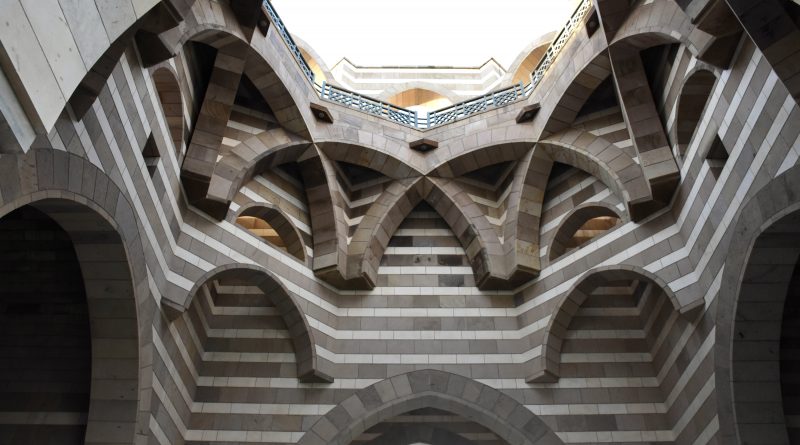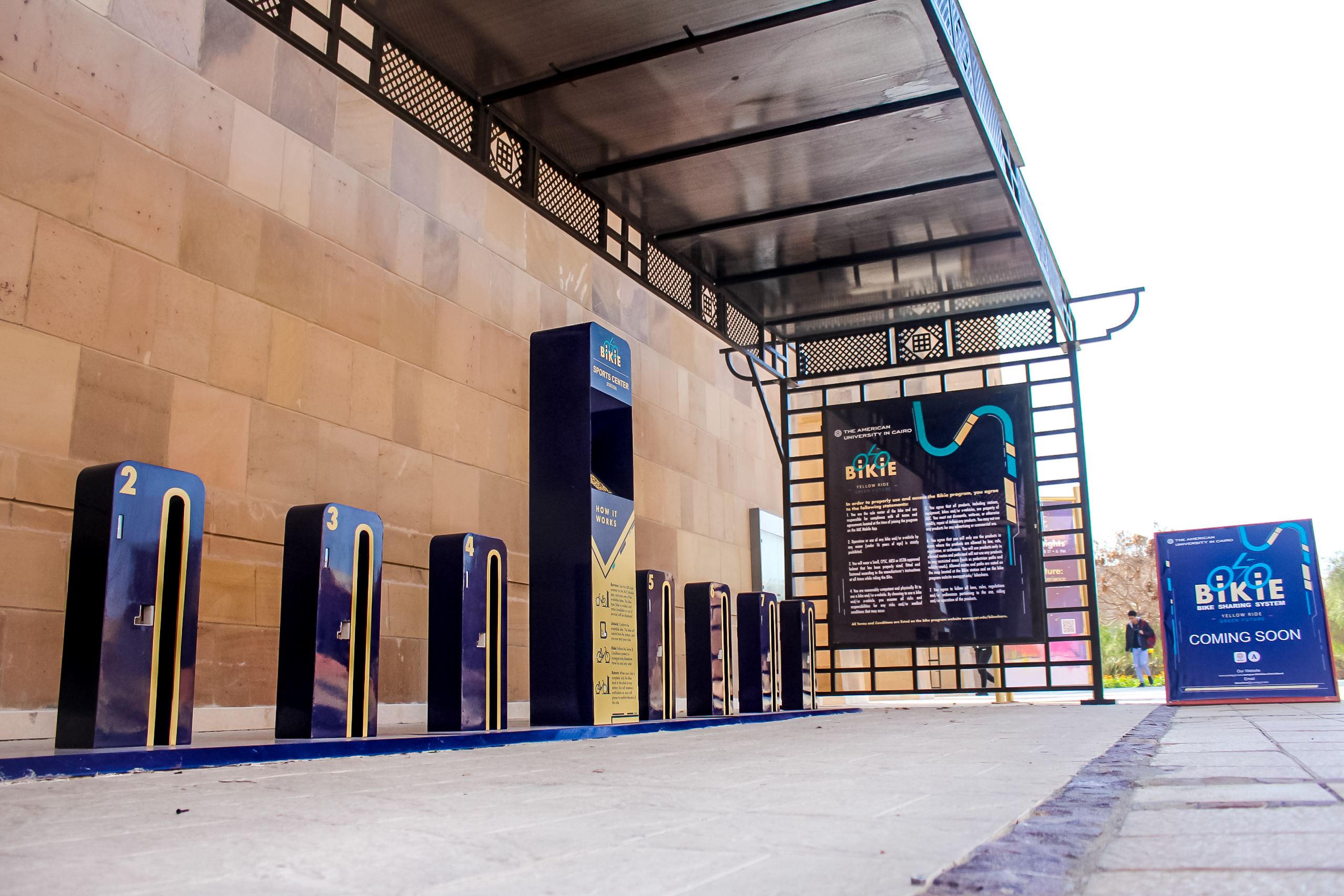Driven by Heritage: Architect Abdelhalim Ibrahim Abdelhalim
By: Malak Kamel
@MK_Malak
Egyptian architect Abdelhalim Ibrahim Abdelhalim passed away on October 16 at the age of 80, leaving behind many of his expansive architectural works scattered all around Cairo, the Middle East and beyond.
Among these impressive architectural feats – our very own campus.
Abdelhalim received his Bachelor’s in Architecture from Cairo University along with his graduate diploma in housing and building technology. He then attained his Master’s in Architecture from the University of Oregon, followed by his Ph.D in Architecture in 1978 from the University of California Berkeley.
His travels abroad, however, did not erase his deep running connection to his heritage and country.
“Abdelhalim was always inspired by the idea of the principle of the Islamic architecture,” said Basil Kamel, Professor and Chair of the Architecture Department.
This was made clear back in 1998 when Abdelhalim was given the responsibility of transforming 260 acres of desert land into what is now the flourishing AUC New Cairo campus. He repeatedly implemented the use of squares throughout his design, and was able to fuse both Islamic architecture and modernity together.
“Abdelhalim changed a lot of how architects look at heritage and how architects look at context and I think that is a very important aspect. His work allowed a whole group of architects to really start to look local because the only way to go international is to go local,” Kamel said.
Beyond his architectural achievements, Abdelhalim also made a name as an educator. He transferred his earned knowledge and enthusiasm for architecture to various generations of up and coming architects.
“His basic thought was: bring questions to the table so we can think. If you don’t then we’re going to do blueprints of things,’ Kamel said, describing Abdelhalim’s teaching strategy.
Having personally attended a class taught by Abdelhalim at Cairo University, Kamel admired his undeniable drive to challenge his students to be innovative and creative. He highlighted the fact that Abdelhalim would never shy away from asking his students questions, probing more into their thought process.
“There are people that pass by us and leave a deep wealth in our understanding and personalities and Abdelhalim was definitely one of these people,” Kamel said, highlighting the impact Abdelhalim had on him personally.
Architect and Professor at the German International University in Egypt James Steele saw a golden opportunity to explore Abdelhalim’s grand milestones and architectural expeditions.
He published his book “An Architecture of Collective Memory’’ in 2019, highlighting the work of Abdelhalim.
Steele explained that he was mainly entranced by Abdelhalim’s commitment to the idea of rituals.
“I think rituals are a beautiful part of human history because they’re a way of fending off the idea that life is very chaotic. By doing something in an orderly way, you somehow feel like you have control of your life,” Steele told The Caravan.
Steele added that Abdelhalim showed him around his different projects in order to garner the most authentic representation of his work that he can.
While the AUC New Cairo campus is an immediate reminder of Abdelhalim’s work, there are numerous other projects that display the same quality.
Steele also noted that although he admires all of Abdelhalim’s works, his favorite is the Community Art Center down by the Opera House. His marvel stemmed from the fact that the local people took part in the building of this project using local craft.
“My idea of what architecture should be is not prefabricated, not created by a machine, not highly technological. It comes from the people,” Steele said.
Other works of Abdelhalim’s include Al-Hamad Palace in Bahrain, Dhofar University in Oman and Spanish coastal redevelopment in Andalusia, as well as Egyptian embassies and consulates in Kuwait.
Several of Abdelhalim’s projects and hard work were recognized through awards including the Aga Khan Award for Architecture in 1992 and the Tamayouz Lifetime Achievement Award in 2020.
“People like him don’t come along very often. He was a powerhouse, a genius. I regret not writing more about him,” Steele added.
He emphasized that there is a whole body of literature that is yet to be written about Abdelhalim’s theories and ideas.
Similar to Steele, Dianne Harvey, an Architecture junior, found herself compelled to write about the influence of such a figure in the industry.
She carried out a research project about him and through it, she explored the impact of his work ethic and drive.
“Abdelhalim Ibrahim is one of the inspiring architects that I definitely hope to mimic his traits in my own career one day. He has literally turned places upside down in Egypt. For example, he turned a dangerous and abandoned place into a safe welcoming area for children,” Harvey said, referring to the children’s cultural park in the Sayeda Zeinab neighborhood.
Abdelhalim’s impact continues to be felt by architects, authors and students, not just as an architect, a professor, or an urban planner, but above all as the social enabler he set out to be.




